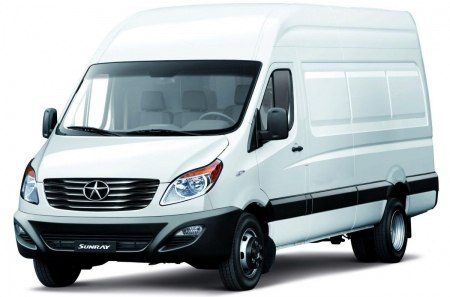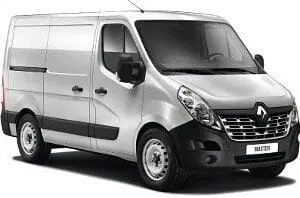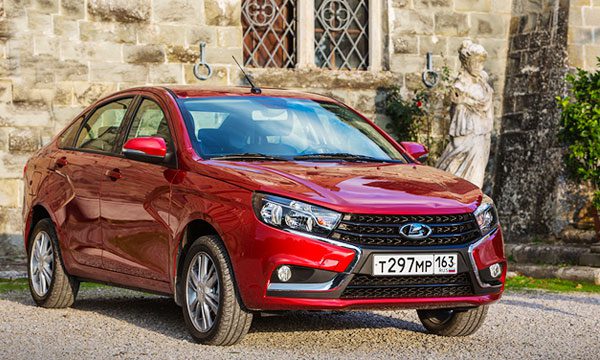
Test drive Lada Vesta in Europe
The morning briefing hasn't started yet, but we've already heard something encouraging: “Friends, have some champagne. There will be no cars today. " Everyone smiled, but the tension emitted by the representatives of AvtoVAZ could, it seems, be collected by hand and packed in bags - the day when the Italian customs decided to more meticulously approach the registration of five auto transporters with brand new Lada Vesta, is able to cross out all the super-efforts of the last year of the plant's operation. Either everyone will now see that Vesta is really a breakthrough, or they will decide that everything is as usual in Togliatti.
It began with the fact that the Italians did not like the convoy of auto transporters with new cars, for which the VAZ employees honestly tried to issue a temporary import for the sake of three days of test drive for the press. The documents were stuck at customs - physically the cars were already in Italy, but they had no right to leave the auto transporters. As a measure to ensure the export, the officials demanded an impressive guarantee fee, and then the original paper on the transfer of funds, for the prompt delivery of which from Rome they had to hire a whole helicopter. The customs officers issued a permit just before the closing of the evening shift, and by midnight the cars had already been parked outside the hotel. Seeing the multi-colored sedans, the hotel manager, the charismatic Italian Alessandro, shook his head approvingly: Vesta, in his opinion, was worth fighting for.

The test drive in Italy is a logical continuation of the story with secret car shows in the capitals of the Old World and an attempt to mark a new - European level - era in the development of AvtoVAZ. In addition, the very word "Vesta" is closely related to Italy, where the cult of the patron goddess of the same name of the family hearth was developed. The historical homeland of AvtoVAZ is also here. Finally, according to the old Russian tradition, everyone was interested to know what the enlightened Europeans thought of us. Fortunately, the delay did not become fatal, and the very next day the test Lada Vesta scattered across the quiet tourist cities of Tuscany and neighboring Umbria.
An elderly couple looks in surprise at the car stretched across the road for shooting: “Why are you doing this? Ah, a test drive ... Lada is like something from Eastern Europe. It seems from the former GDR. The car is very nice, looks fashionable. But there are also better known brands. " It turned out that the first tourists from Israel approached us. But the locals, oddly enough, were not too interested. People who are accustomed to treating a car as an everyday commodity look equally restrained at any new car, be it Lada or Mercedes. Obviously, only those who are carried away or very picky passers-by are interested, for whom the value for money factor is first of all important, and not the splitting of the branded "X" on the facade and sidewalls.
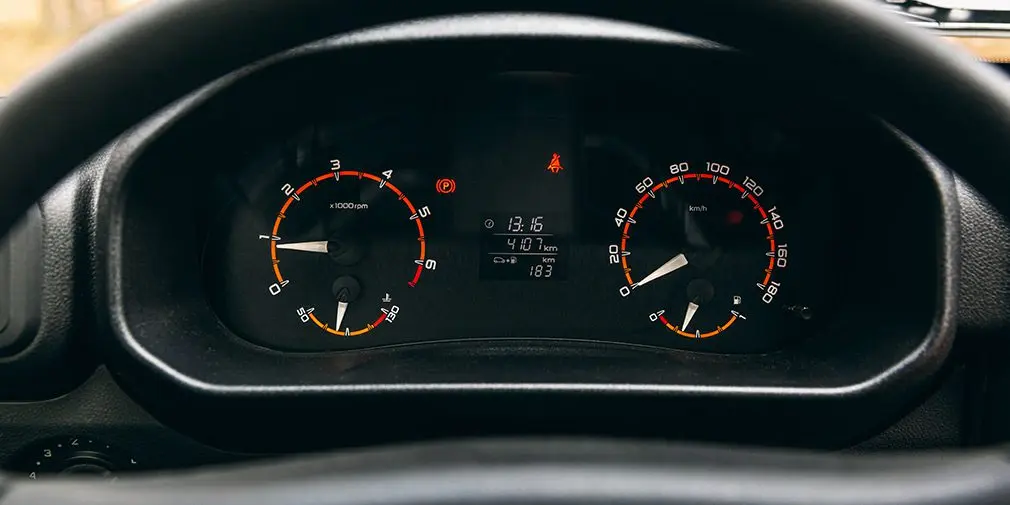
A family of six pulls up at the car. Children run their fingers over the stampings of the body, the head of the family is busily trying to identify the brand name. “Lada? I know the neighbor had such an SUV, a very sturdy car. I wouldn't buy it myself, we have a minivan, but for an amount of, for example, 15 thousand euros, this is a great option. " His wife asks permission to look into the salon: “Nice. Are the seats comfortable? I prefer to ride in the back, is it not crowded there? "
No wonder the head of the Vesta project, Oleg Grunenkov, repeated several times that this is not a B-class sedan, but a car that is located between segments B and C. In terms of dimensions and wheelbase, it falls exactly between Renault Logan and Nissan Almera, but in real stock space among inexpensive sedans and it has few equal. Sitting in the back, even behind a large driver, is possible with such a margin that you want to cross your legs. At the same time, the driver is not at all shy. Solid seats with decent lateral support are adjustable in height, and the steering wheel is adjustable in reach. Confuses only too aggressive - in the manner of Volvo cars - the inclination of the headrest, which persistently rests against the back of the head. The non-locking armrest on cars with the "Lux" configuration is an obvious defect of the entire batch of test cars. The rest of the Vesta salon, unlike the pre-production cars that we tested in Izhevsk, is assembled with high quality and soundly. There are no ridiculous gaps between the panels, the screws do not stick out, and the texture of the materials and elegant prints on the decorative panels visually make the interior more expensive. I didn’t like only the eccentric heater control system and blind devices, the brightness of which was not adjustable. Although they are made nicely and with an idea.
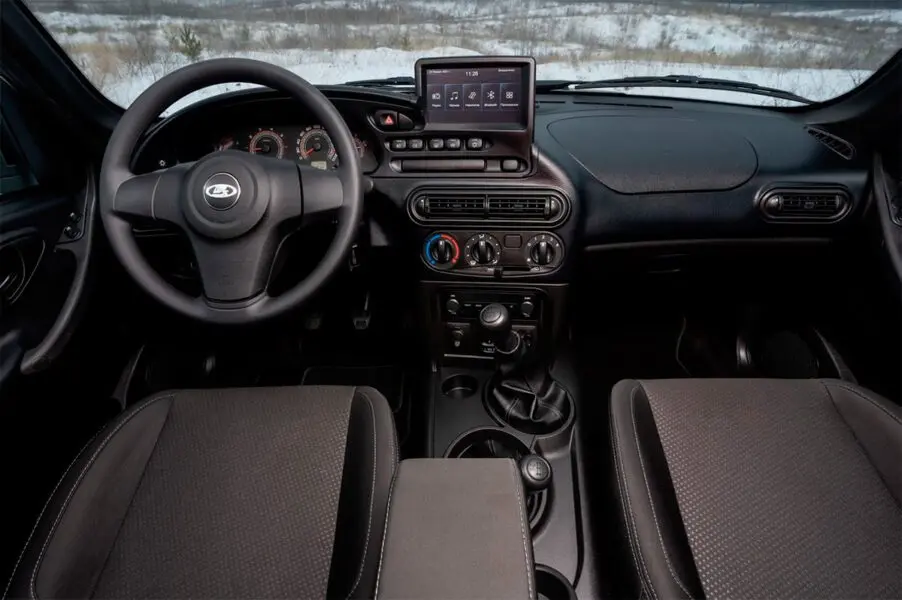
“I know, I know, Russian cars are junk,” the dandy-looking guy of about twenty-five smiles. - But this Lada looks good. Very good! What is the most powerful motor? If it really handles well and does not fall apart on the move, like ours or French cars, then you can try. We love bright cars. " We were convinced that the young man spoke competently on the serpentines of local roads, where people calmly overtake through a continuous one and like to hang on the rear bumper of the slug. And Vesta is really no stranger here. The steering wheel, light in parking modes, is poured at speed with a dense force, and the elastic suspension informs qualitatively what is happening with the wheels - it is easy and pleasant to shift the sedan from turn to turn. Bumps and bumps in the chassis work out, though noticeably, but without going over the edge of comfort - you can immediately see that the suspension and steering were adjusted for a long time and carefully. “In terms of chassis settings, we were guided not by the Koreans, but by the Volkswagen Polo,” says Grunenkov. “We didn’t want to create another Renault Logan and focused on the ride quality, which will be appreciated by demanding drivers.”
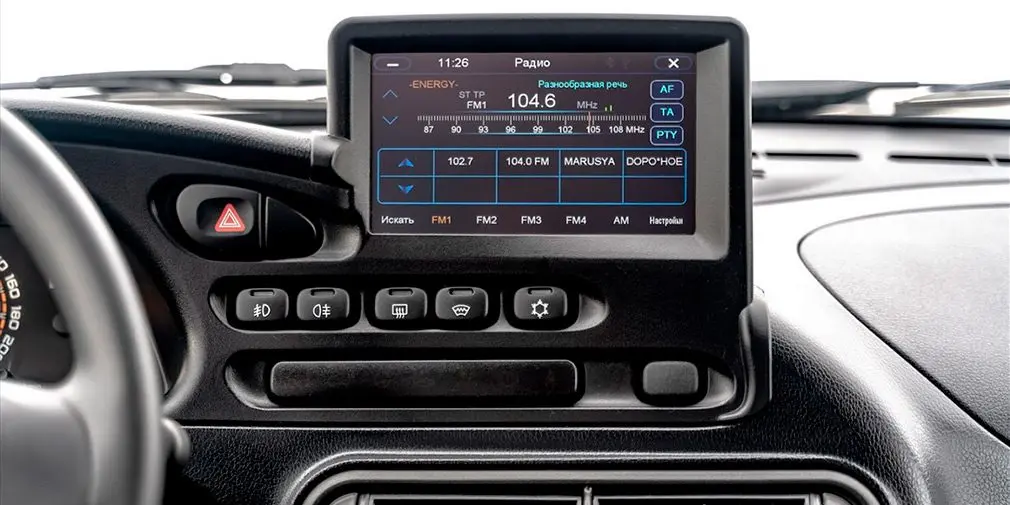
There seem to be no complaints about the dynamics of the Vesta on a straight section of the road: the acceleration is adequate, the character of the engine is smooth, and keeping the car in the stream is not difficult. On the toll highway, we, relying on Russian numbers, added a couple of times to the permitted 130 km / h another 20-30 km / h from above. There weren't too many people who wanted to overtake, and only a few fast cars had to give up the left lane. The driver of the Audi S5 hung fifty meters behind our rear bumper for a long time before turning on the left turn signal. And having overtaken, he was in no hurry to come off, carefully examining the intricate front end in the mirrors. Finally, belatedly blinking the emergency gang, he went ahead. In the meantime, on the right, a young man appeared in a shabby Citroen C4: he looked, smiled, showed his thumb up.
Platform

The Vesta sedan is built on the new VAZ platform Lada B. In front of the novelty there are McPherson struts, and a semi-independent beam is used on the rear axle. Structurally, the Vesta's suspension is very similar to that found in most budget B-Class sedans. On the front wheels of the Vesta, one L-shaped lever is used instead of the two on the Granta. As for the steering, there have been significant changes. In particular, the steering rack has received a lower position and is now attached directly to the subframe.
On the winding paths of the Tuscan hills, traction is no longer enough. Up Vesta is strained, requiring a downshift, or even two, and it's good that the gearshift mechanisms work very well. The VAZ 1,6-liter engine is paired with a Renault Logan gearbox, which is also assembled in Togliatti, and the drive is clearer here than on the French model. Your own box is still in stock, you can't set it up just as well. As for the engines ... To the Nissan 1,6 engine with 114 hp. Oleg Grunenkov is jealous (they say, he does not give a noticeable gain in comparison with ours), offering to wait for the VAZ 1,8 with a capacity of more than 120 horsepower. In Togliatti, they are also working on 1,4-liter turbo engines, but when they will appear and whether they will get on Vesta is still unclear.
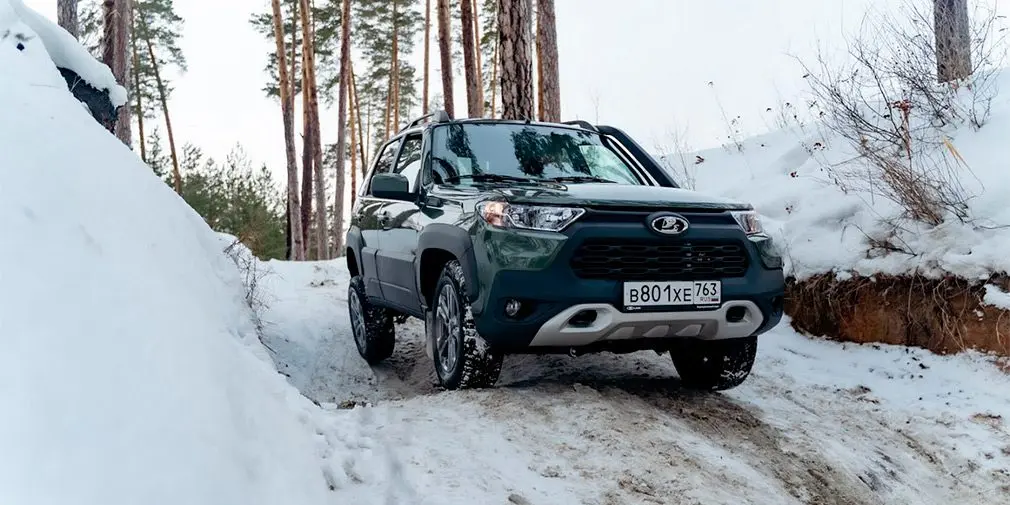
“Can you open the hood? - a middle-aged Italian in a work uniform is interested in broken English. - Everything looks neat. Is it diesel? Ah, gasoline ... Actually, we drive here mainly on gas fuel. If there was gas, I would take one for myself. " There was no point in telling the Italian that Vesta would be presented on compressed gas in November. Deliveries to Europe are in the distant future, and the first export markets for Vesta will be neighboring countries, North Africa and Latin America. But now the main thing for AvtoVAZ, as Bo Andersson has repeatedly said, is to return to the markets of Moscow and St. Petersburg. And for this, the Vesta must not have a gas engine, but an automatic transmission.
“I like this color,” a young girl with a pram nods at the yellow and green Vesta. - I would like something like that, but a hatchback is better, a sedan is too long. And always with a normal box, my Punto twitches all the time. Alas, Vesta, unlike its competitors, does not and will not have a classic hydromechanical “automatic machine”. Vazovtsy talk about looking at Nissan CVTs, but these boxes are expensive even with local assembly. And so far, only the simplest five-stage robot is offered for Vesta as an alternative to "mechanics".
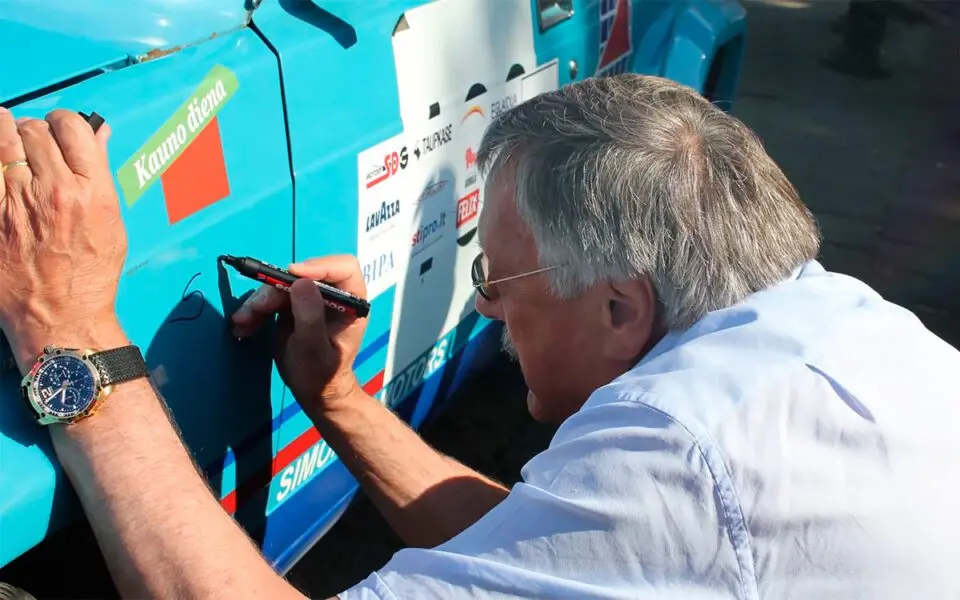
“We are not a robot,” insists the head of the AMT project Vladimir Petunin. "This is an automated transmission that differs from simple robots in both shift mechanisms and software components and reliability." Although the principles are actually the same: AMT is built on the basis of the VAZ five-stage with ZF mechatronics. Engineers say that the box has as many as 28 algorithms of operation and a system for adapting to driving style. And also - a double system of protection against overheating: first, a warning signal will appear on the panel, then a danger signal, and only after that the system will go into emergency mode of operation, but will not immobilize the car. Getting the first warning turned out to be quite easy: several turning maneuvers, a couple of attempts to move up the hill, holding the car with the gas pedal - and a warning symbol flashed on the dashboard. Although it was possible not to bring it - cars with AMT are necessarily equipped with an uphill start assist system, which, unless of course you touch the accelerator, holds the wheels with brakes for two to three seconds. Why not longer? “It’s impossible, otherwise the driver can forget himself and get out of the car,” retorts Petunin.
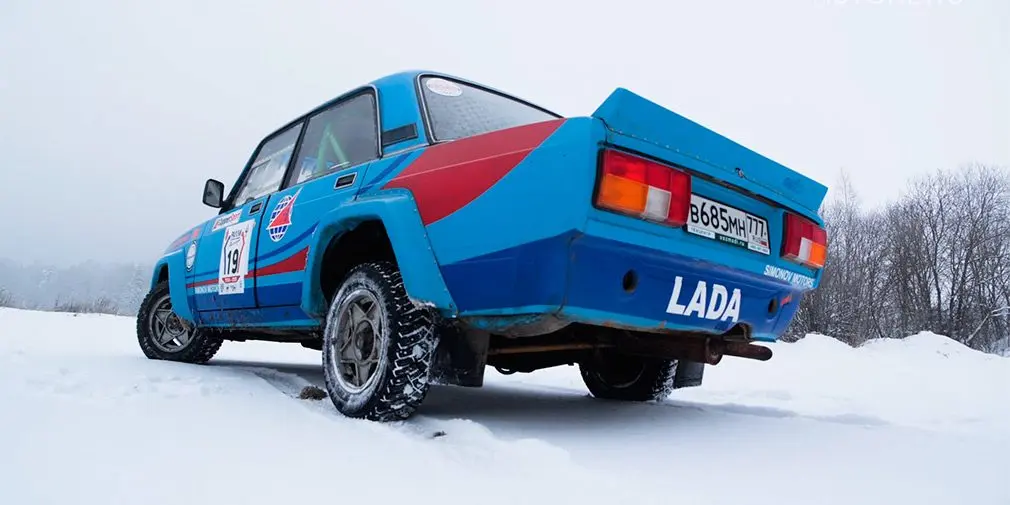
However, we did without overheating - it took 10 seconds to drive in normal mode, and the warning signal went out. In standard driving, the robot turned out to be very docile: smooth start-off and predictable shifts with minimal nods when accelerating with the accelerator constantly pressed. In terms of comfort and predictability, the VAZ AMT is really one of the best robots of this type. And the fact that the box persistently keeps low gears and high engine speeds when driving uphill, the engineers explain by the lack of motor traction - the electronics selects the most optimal mode.
Engines and transmissions
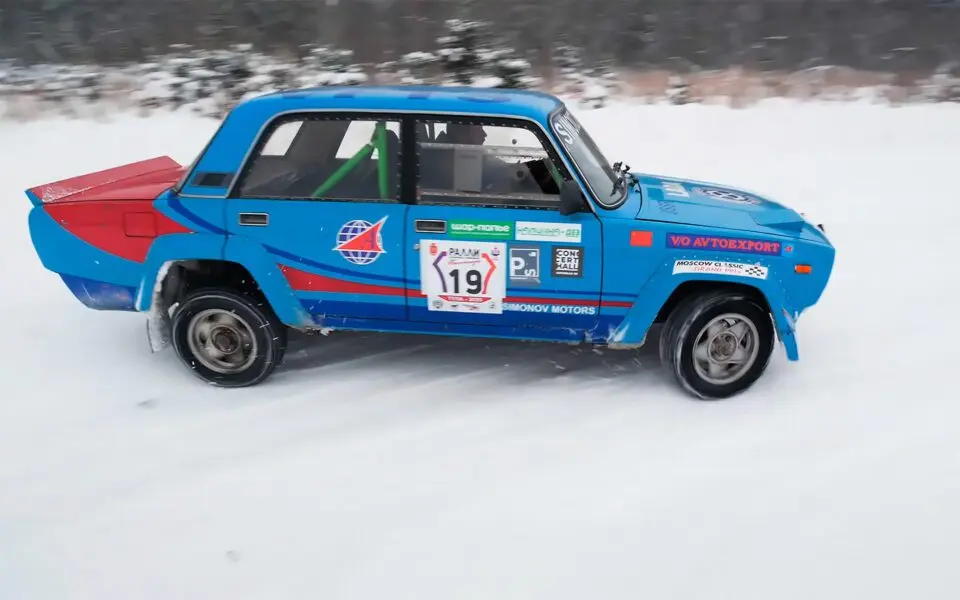
At the start of sales, Lada Vesta will be equipped with a 1,6-liter VAZ engine with 106 hp output. and 148 Nm of torque. This engine can work in tandem with both the French five-speed "mechanics" JH3, and with the "robot" created on the basis of the Russian manual gearbox. The exact same box, which is equipped with ZF drives, is installed on Lada Priora. The classic "automatic machine" will not be on Vesta in the near future. In 2016, the engine line-up may be expanded with a French 1,6L 114 horsepower engine. This motor is installed, for example, on the initial versions of the Duster crossover. Also, the appearance of a VAZ 1,8-liter aspirated engine with a return of 123 hp is not excluded. and 173 Nm of torque.
You can control the gearbox using the gas pedal, and in any of the modes, the transmission does not buzz or vibrate. But the noise was one of the reasons why the VAZ box gave way to the Renault unit on versions with "mechanics". So, you have finished your box after all? “The automated transmission works according to programs that do not allow reaching critical modes, where unnecessary noises and vibrations appeared,” says Petunin. - Yes, and an imperfect lever drive is not needed here. But we are improving our box further. The French, for example, do not have a cheap six-step, and we are just working on this. "
A youthful German from our hotel is staring at the sedan. “Looks great! I never thought it was Lada. What is the price? If in Russia such a car is sold for less than 10 thousand euros, then you are very lucky. " However, to say exactly how lucky we are, until even Boo Andersson is taken. The price plug “from $ 6 to $ 608, which was indicated by the head of AvtoVAZ, is still in force, but there are still no exact figures or approved configurations. Obviously, for success, Lada Vesta should cost at least symbolically less than Hyundai Solaris and Kia Rio sedans, but at the same time should not be inferior to them in terms of equipment and driving characteristics.
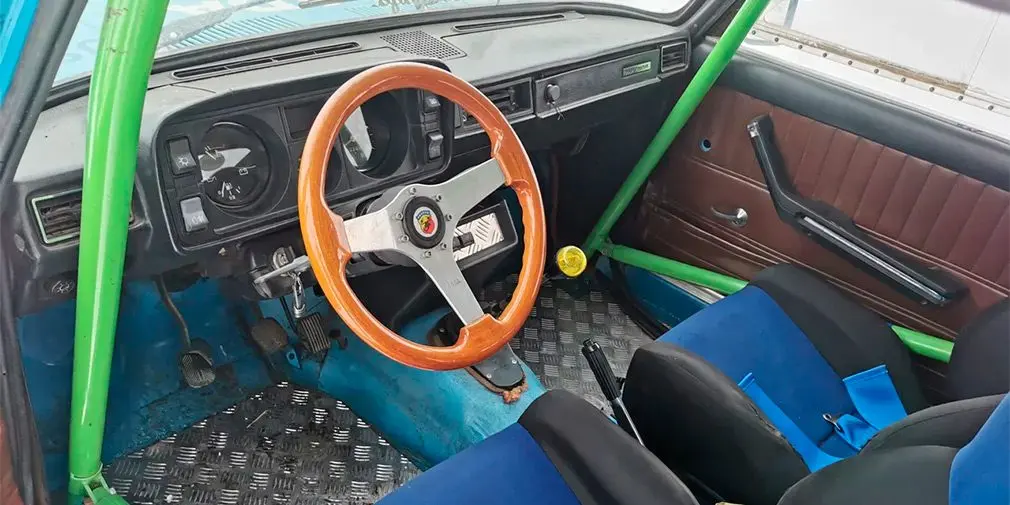
The robot, albeit not bad, is not yet in favor of the Vesta, as is the outstanding recoil of the power unit, but the Steve Mattin's wow effect and well-tuned handling make it one of the favorites in the segment.
Vice President Sales and Marketing Denis Petrunin assured us that selling a car like Vesta is much easier: “We have a cool product with great looks and clear positioning. Then everything will depend on how the market will accept this product. If everything goes according to plan, then all of us will continue to face new interesting projects. " Our conversation was interrupted by a telephone call. Petrunin rapped out a series of phrases into the receiver as if he were making a speech from a theater of military operations: “Yes, Mr. Andersson. So far worse than expected, but the situation is improving. The results are getting better. We will reach the planned volumes by the end of the month ”. Probably, they talked about the launch of Vesta.
Ivan Ananiev
Photo: the author and the company AvtoVAZ
